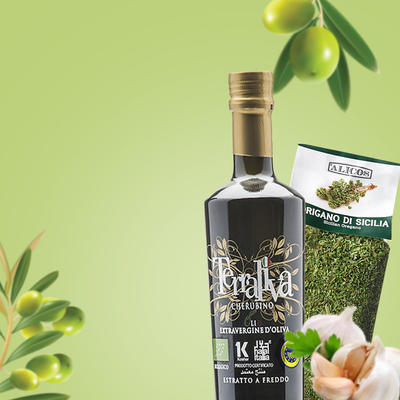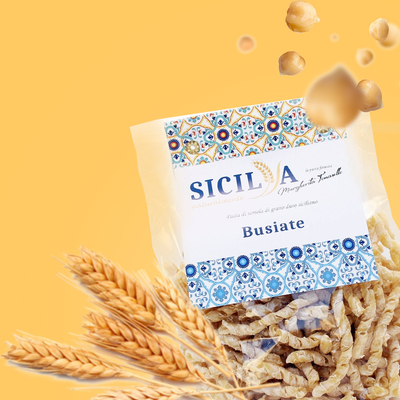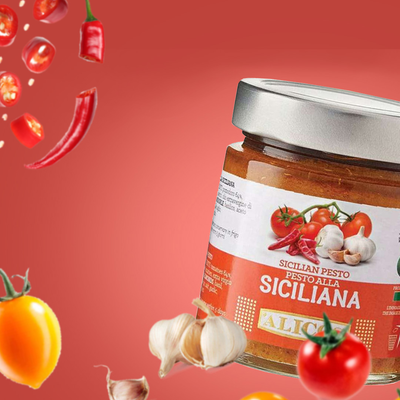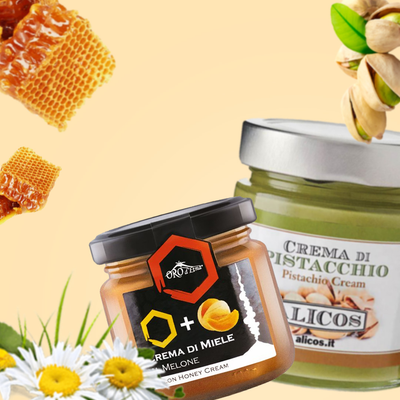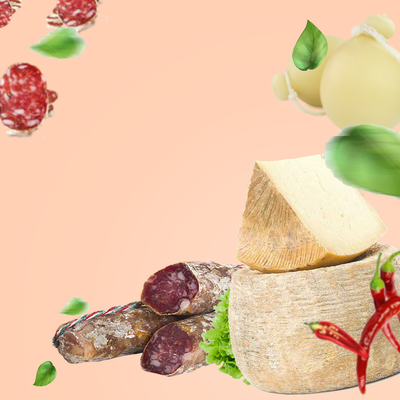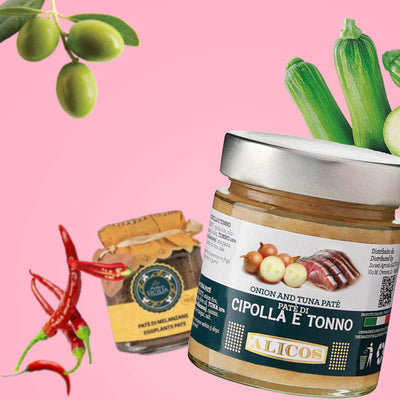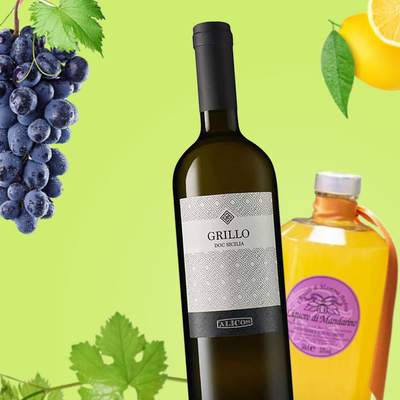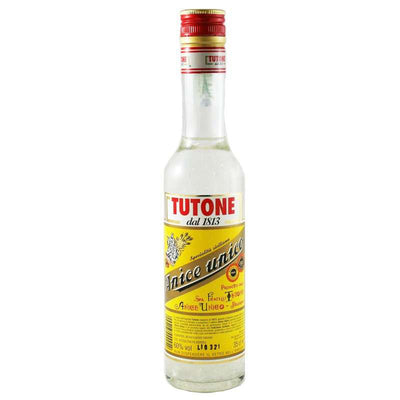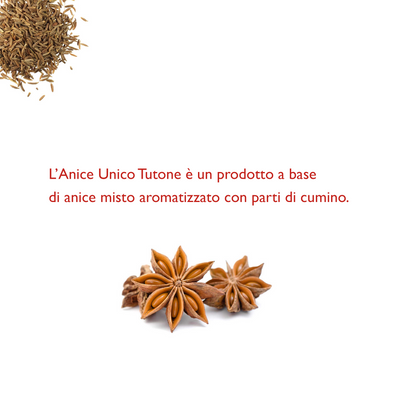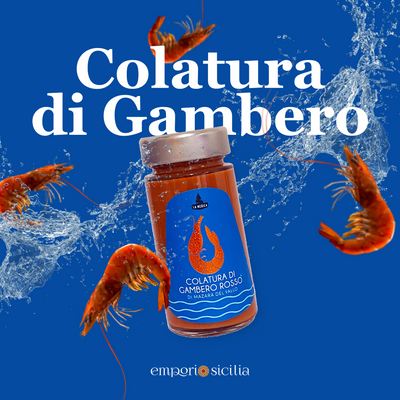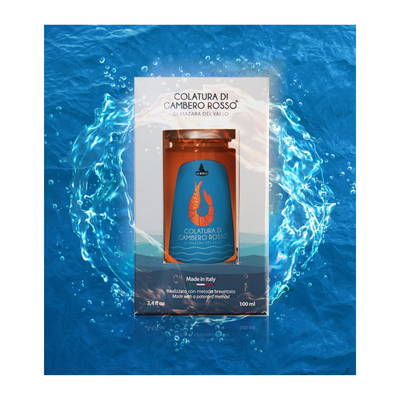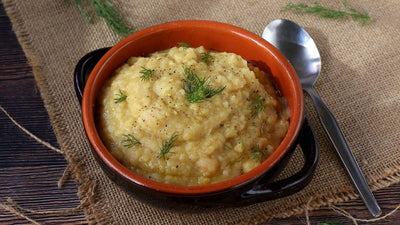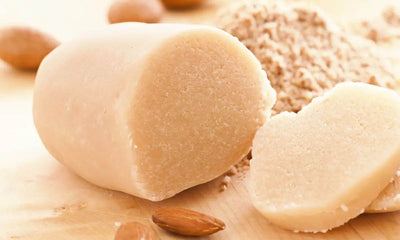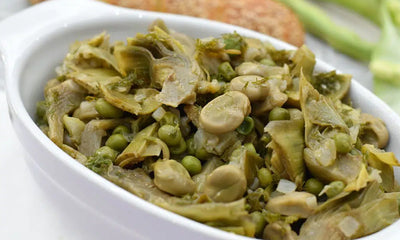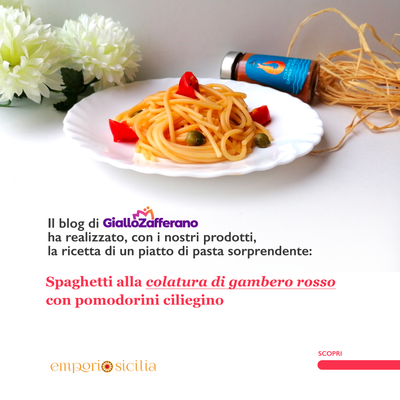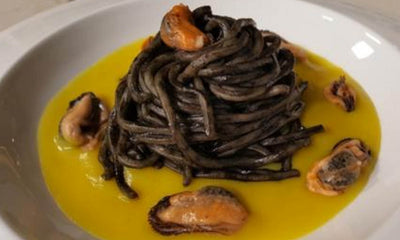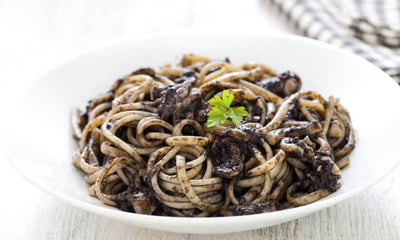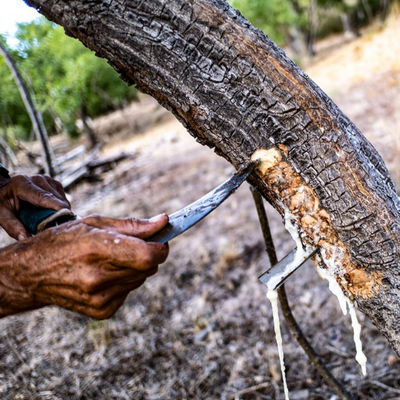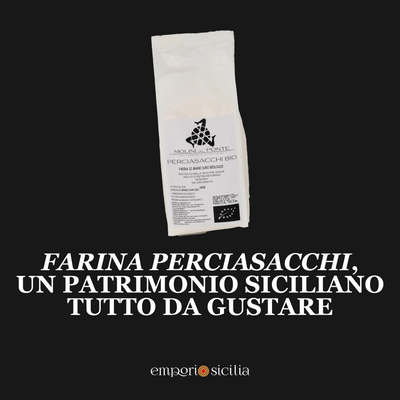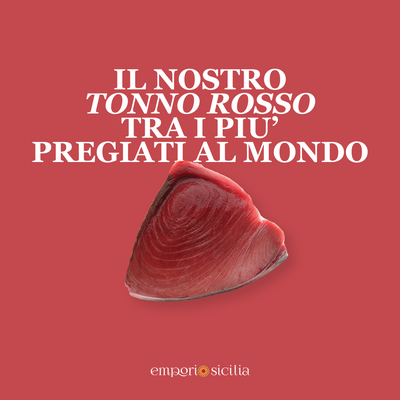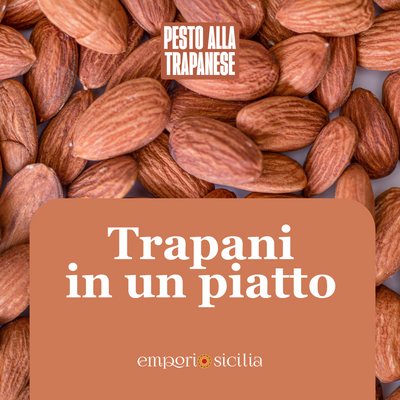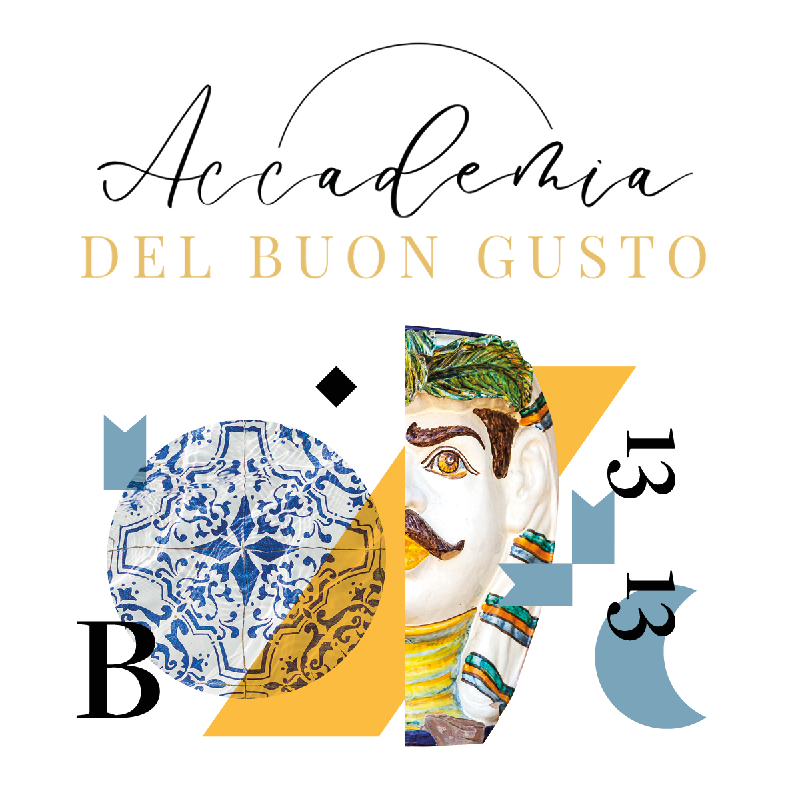It doesn't matter which corner of Sicily you are in: almost every city claims the paternity of the very famous rice balls with meat . Savory dish with a unique and rich flavour, it needs no introduction: these are the very famous Sicilian " rice balls ", wrapped in a crunchy golden breading and with a filling of ragù in the center with meat with peas and carrots or mozzarella, béchamel and ham, in the famous white “butter” variant.
However, there are also more creative and recent reinterpretations which include, in addition to rice, Sicilian pistachio, mushrooms, sausage, gorgonzola, salmon, chicken, Sicilian swordfish, seafood, pesto, shrimp, cuttlefish ink.
There are also numerous sweet variations: the arancine are prepared with cocoa and covered in sugar or they can be filled with gianduia cream (especially in the Palermo area), Sicilian chocolate and black cherry. To facilitate the distinction between the various flavours, the shape of the arancina can vary.
In its simple goodness, the arancinu is however capable of conquering everyone: in fact, among the most popular online searches, in addition to "how to prepare meat arancini" , also "where to eat arancini" appear in almost every city on the island, from Palermo to Taormina. A much loved dish, it is consumed in prodigious quantities especially on the day of Saint Lucia.
Let's discover together the origins and traditions that inextricably link Sicilian arancini to the history and culture of the region.
Where and how was the arancina born? Why is it called that?
As happens with many popular products, the origins of this dish are much discussed: in fact, exact historical sources on the birth and processes that brought the product to its current state are scarce.
However, the arancina seems to have been born, like many other traditional dishes, in the period in which Sicily was under the dominion of the Saracens , who used to feast on large trays of rice flavored with saffron and seasoned with vegetables and meat. The addition of the characteristic very crunchy breading came later: at the court of Frederick II, during the 13th century, it was customary to fry spiced rice to facilitate its transport and preservation during travels and hunting trips.
The name of the dish also seems to be of Saracen or Arab origin: these populations in fact tended to call sumptuous savory meals with the name of a fruit. But why are arancini called that? In the "Sicilian Etymological Vocabulary" of 1785 it seems that their name is inspired by the arancinu , i.e. the typical color of the melarancio, while others trace its origin to the spherical shape that characterizes the Palermo arancini and which led to the coining of the affectionate expression “ arancinu che' i peri ” (arancinu with feet) to indicate an overweight person.
Is it called arancino or arancina? An age-old question
It is an age-old diatribe, which with the advent of blogs, social networks and forums has transformed into a viral phenomenon spread like wildfire throughout the peninsula, with memes and jokes. It seems that the discussion was also born due to the dispute between Palermo and Catania over the supremacy of the best and most creative arancini.
In the first city the arancina is undoubtedly in the feminine form: perfectly round and smaller than in Catania, the Palermo arancina takes its name from the diminutive of orange, which indicates the fruit. The name "arancino" was adopted by the Ministry of Agricultural, Food and Forestry Policies when referring to Traditional Italian Agri-food Products and has spread throughout the national territory, also thanks to Commissioner Montalbano who calls these, on television and in books, this way. rice delicacies.
In Catania, where the "alla norma" variant (with aubergines) and pistachios from Bronte is also renowned and widespread, the arancina is mainly in the masculine version: with its characteristic cone shape, the Catanese arancino is apparently inspired by the 'Etna, according to tradition.
How did the Accademia della Crusca express itself on the age-old question? According to scholars, the feminine seems more natural and correct throughout the peninsula because in current Italian it is normal to refer to the fruit of a tree in the feminine, but the organization leaves carte blanche to speakers: it has been officially recognized that in eastern Sicily the wording correct is arancino, while in the western one arancina.



